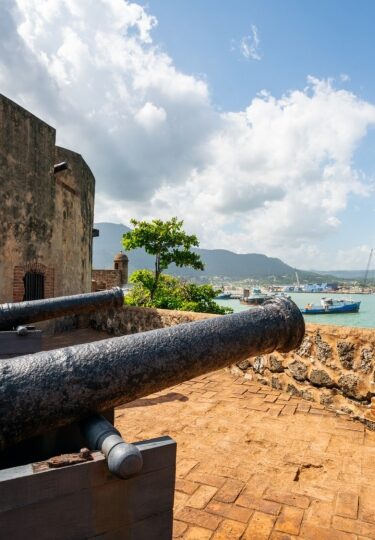The Dominican Republic is well known for its beaches, but there is much more to the Caribbean destination than that. From its beautiful cities to its rugged interior, it’s a destination that will continually surprise you.
If you like food and drink, the island has a rich cuisine and some of the world’s best rums. If you love nature, it offers everything from countless birds to dolphin encounters.
And, if you want to meet people, you can be swept up by merengue music, or the excitement of a baseball game. This is a country with a thrill around every corner.
Here are 10 things that the Dominican Republic is known for.
Rich History
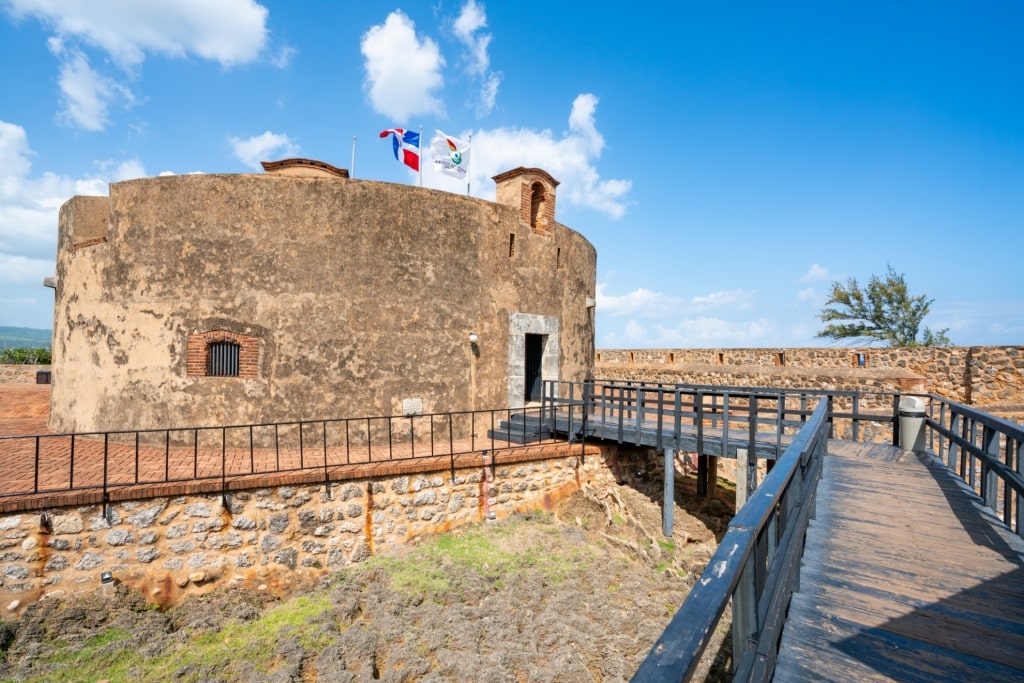
Fortaleza San Felipe, Puerto Plata
The Dominican Republic, the second largest Caribbean country after Cuba, was occupied by the Spanish from the arrival of Columbus in 1496. The first European colony in the western hemisphere, it broke away from Haiti in 1844, before finally winning independence in 1924.
This troubled history is reflected in sites such as Fortaleza San Felipe in Puerto Plata, built by the Spanish in 1577. Its powerful cannons served to fend off the British, Dutch, and French—not always successfully.
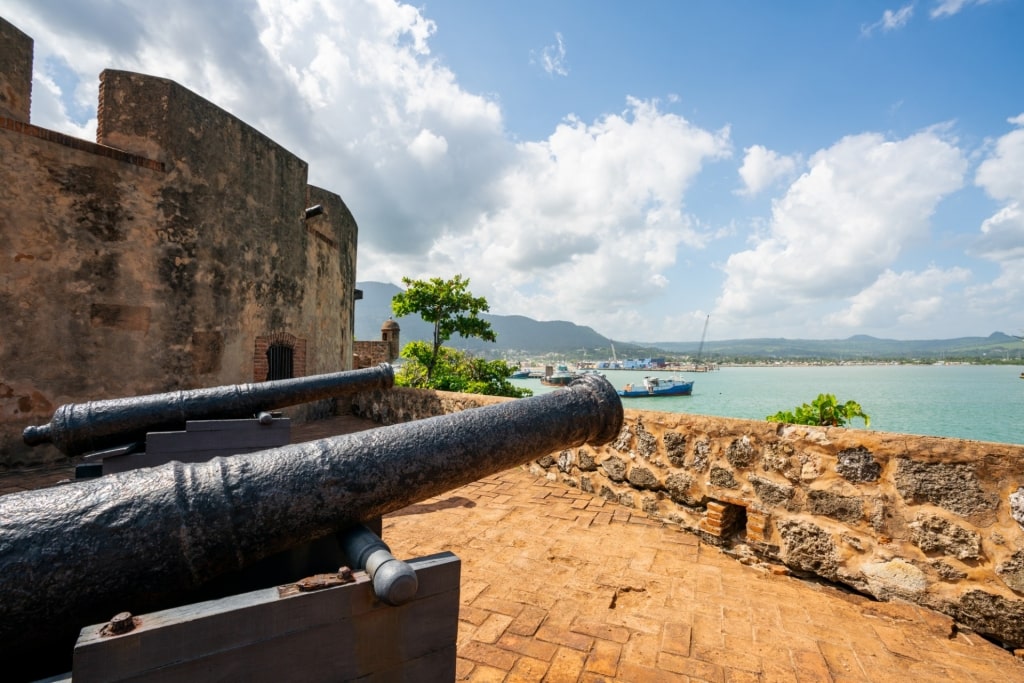
Fortaleza San Felipe, Puerto Plata
With its setting on a hill, guarding the port entrance, the fort’s ocean views remain impressive. A self-guided audio tour inside will tell you more about the history of the fort, and the island of Hispaniola.

Casa Museo General Gregorio Luperón, Puerto Plata
A key figure in the country’s fight against Spain was General Gregorio Luperón, who rose from relative poverty to become president in 1879.
Visit his former home Casa Museo General Gregorio Luperón, in Puerto Plata to admire its Victorian architecture, gardens, and the historic artifacts from his life.
Beautiful Towns
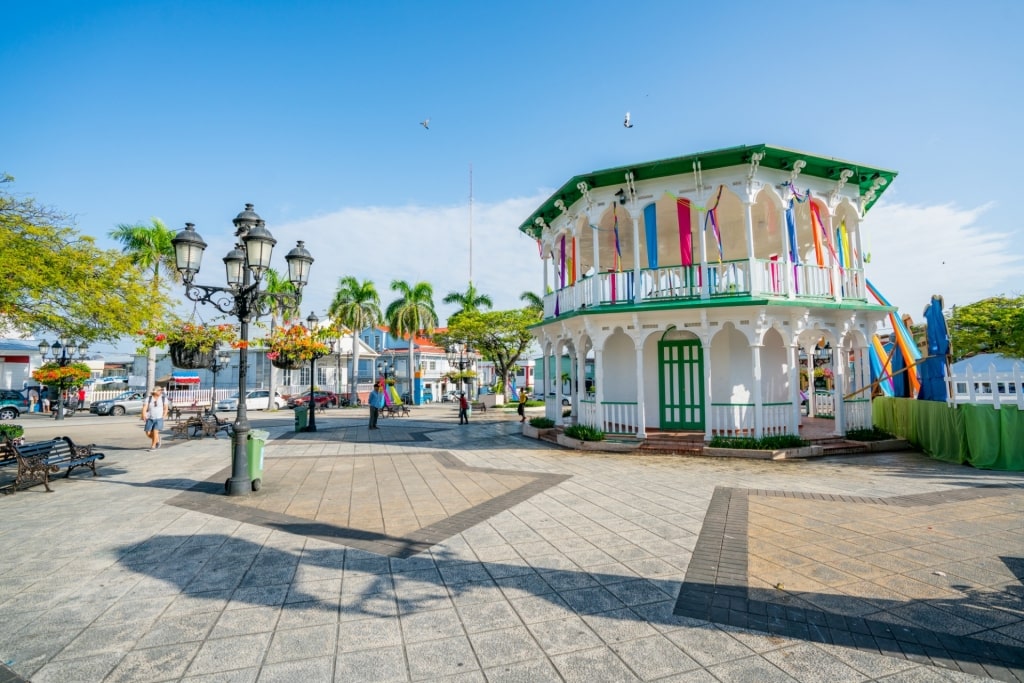
Central Park, Puerto Plata
D.R.’s capital, Santo Domingo, was founded in 1496, making it the oldest city in the “New World”. If you have time, its magnificent cathedral, and other civic buildings, are well worth a visit.
Puerto Plata, a former capital, and the country’s third-largest city, offers a different experience. At its heart is busy Independence Square, which was the gift of local hero General Luperón.
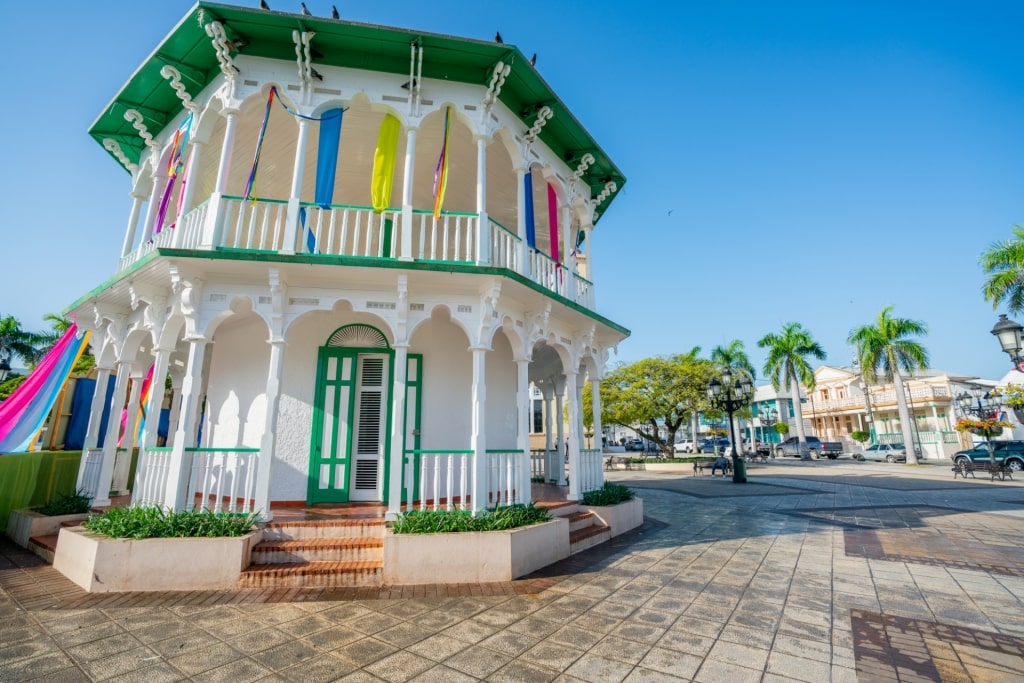
Central Park, Puerto Plata
The square, also known as Central Park, is dominated by a Victorian gazebo, and the Cathedral of San Felipe Apóstol. It’s also a focus for cafés, restaurants, and an ice cream parlor.
The city was once a major port in the Spanish colonial empire but was destroyed during an uprising in 1863. Its present handsome appearance comes from being rebuilt during the subsequent Victorian era.
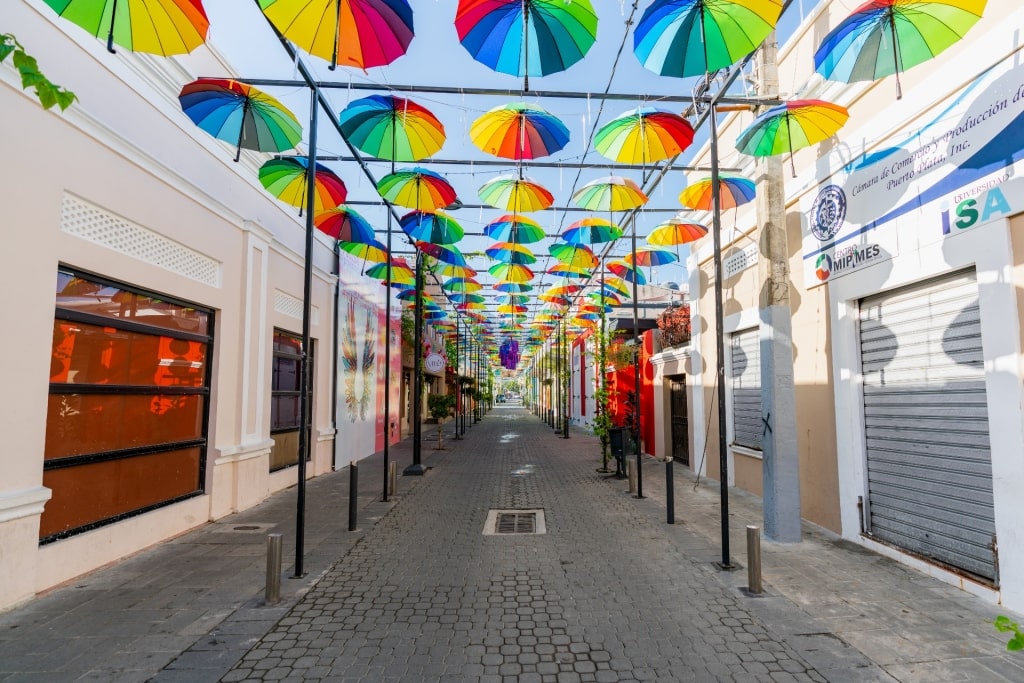
Calle de las Sombrillas, Puerto Plata
Long, shady boulevards and a beautiful seaside promenade are a legacy of that time. Few visitors can resist photographing such sights as the colorful Calle de las Sombrillas (“Umbrella Street”), or the equally photogenic Paseo de Doña Blanca (known as “Pink Alley”).
Read: Best Things to Do in Puerto Plata
Delicious Food & Drink
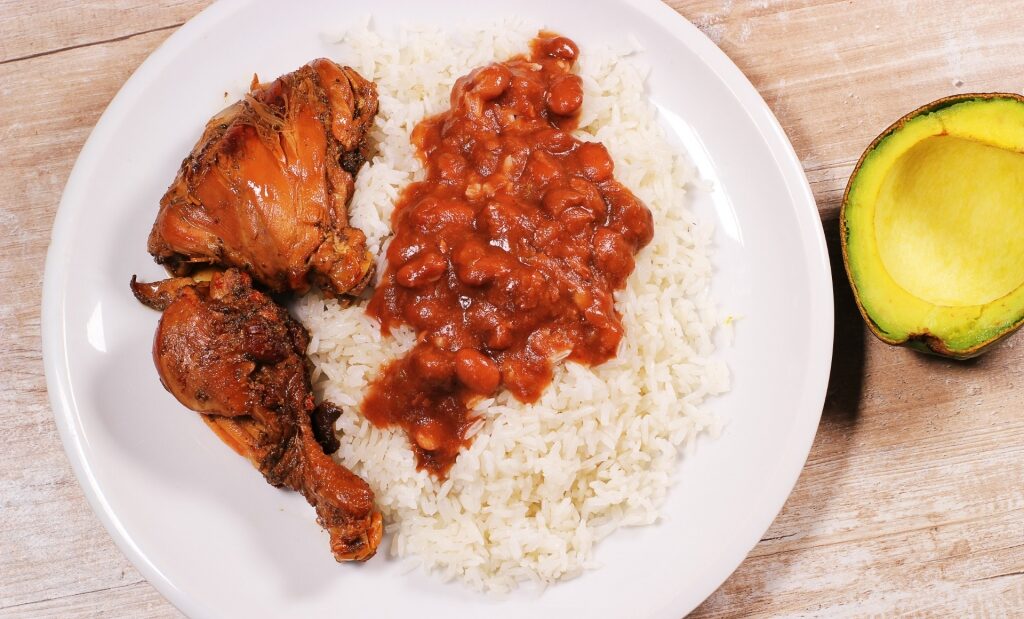
La bandera dominicana
Quisqueyan (Dominican) food is so good that it needs its own dedicated guide. However, you’ll come away from the country with your own favorites.
Among them might be the national dish of la bandera dominicana (“the Dominican flag”). This delicious dish of beans, rice, and meat reflects the country’s white, red, and blue tricolor.
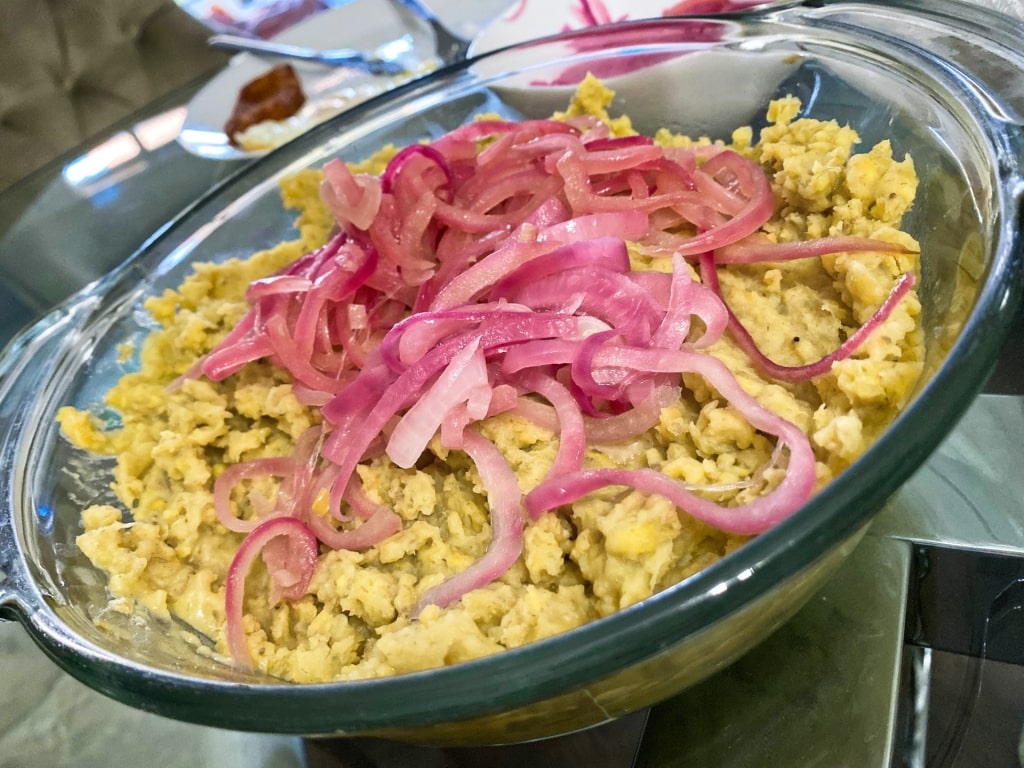
Mofongo
Another must-try is mofongo: plantains mashed with chicharrón (fried pork rinds, a local obsession) and served with a sauce or broth. You’ll also want to have sancocho, a rib-sticking stew of potato, plantain, yam, beef, pork AND chicken.
The local cuisine is known as Comida Criolla, reflecting the influence of native Taino peoples, layered with influences from Spain, and Africa. An influx of Chinese workers in the late 1800s also left a mark with dimes such as chofan (“chow fan”): fried chicken with rice.
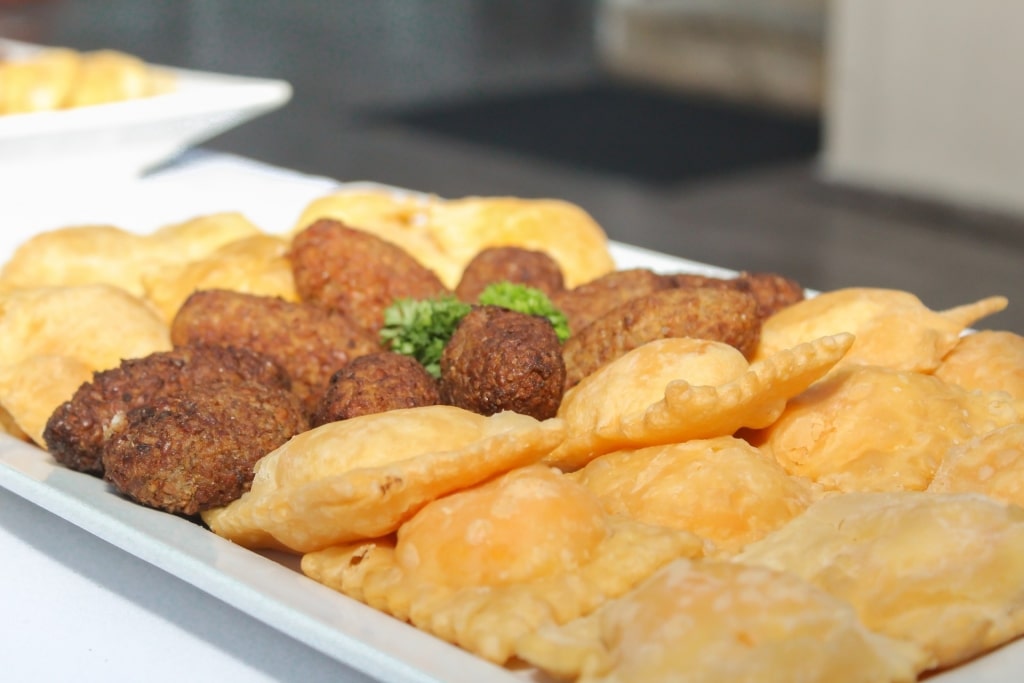
Kipes
Spain’s long history of Moorish occupation also left an Arab flavor in many dishes. Dominican kipes (or quipes) are the local version of the deep-fried Lebanese kibbeh, with beef substituted for lamb, but lacking the spices of the original.
Coffee, Chocolate, & Cigars
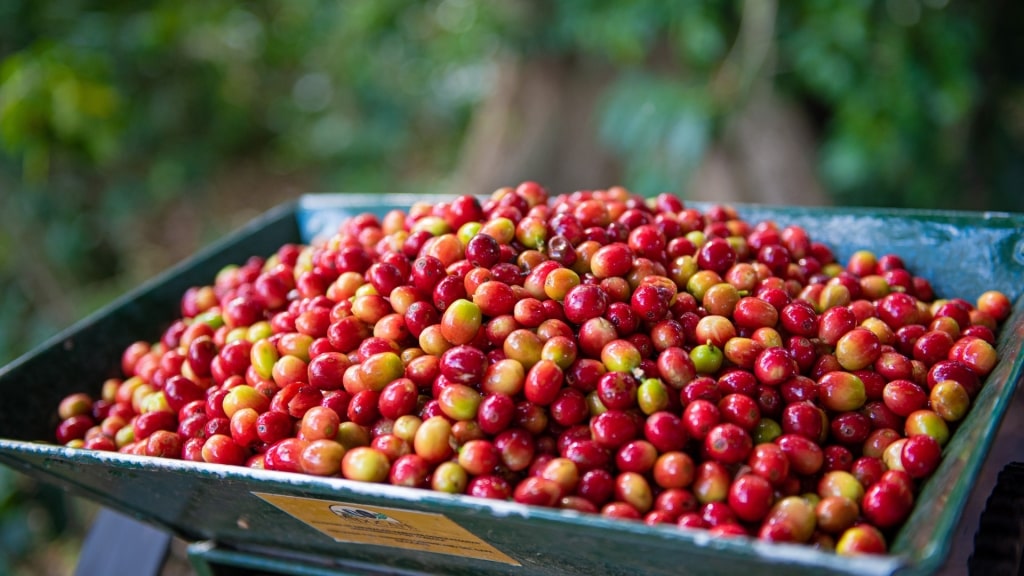
Arabica coffee beans
What is the Dominican Republic known for? Well, certainly for coffee, chocolate, and cigars. These three products are among the favored souvenirs of many visitors. No surprise, then, that tours to see the product being made are a popular option.
D.R. has the perfect climate for premium Arabica coffee beans, but drinks a lot more than it exports. Taste a cup, and you’ll understand when they want to keep it to themselves.
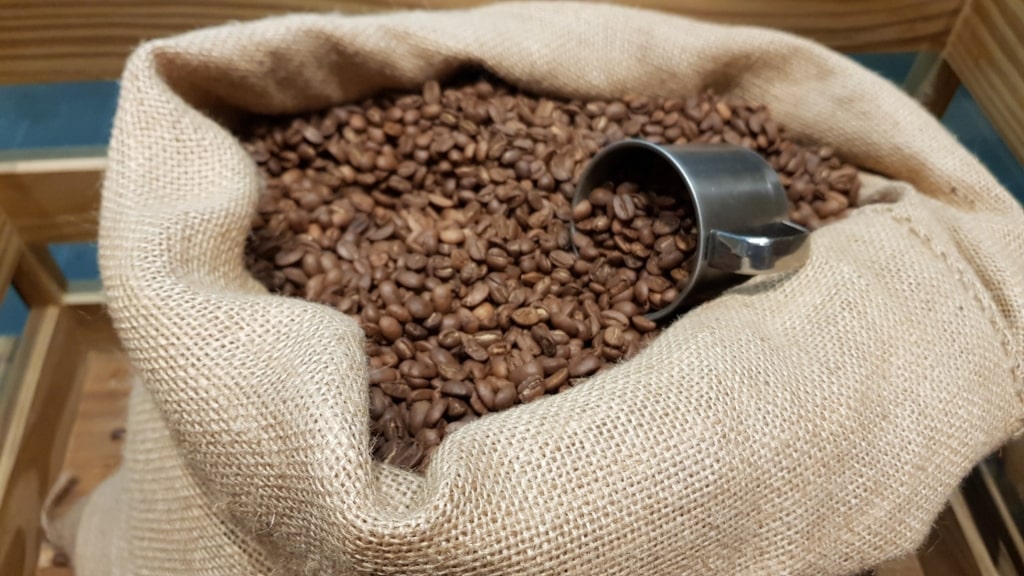
Cocoa beans
With rich soils and its tropical climate, D.R. is also a perfect place for growing cocoa beans. It is now one of the world’s largest producers of organic cocoa, with a growing number of artisan labels.
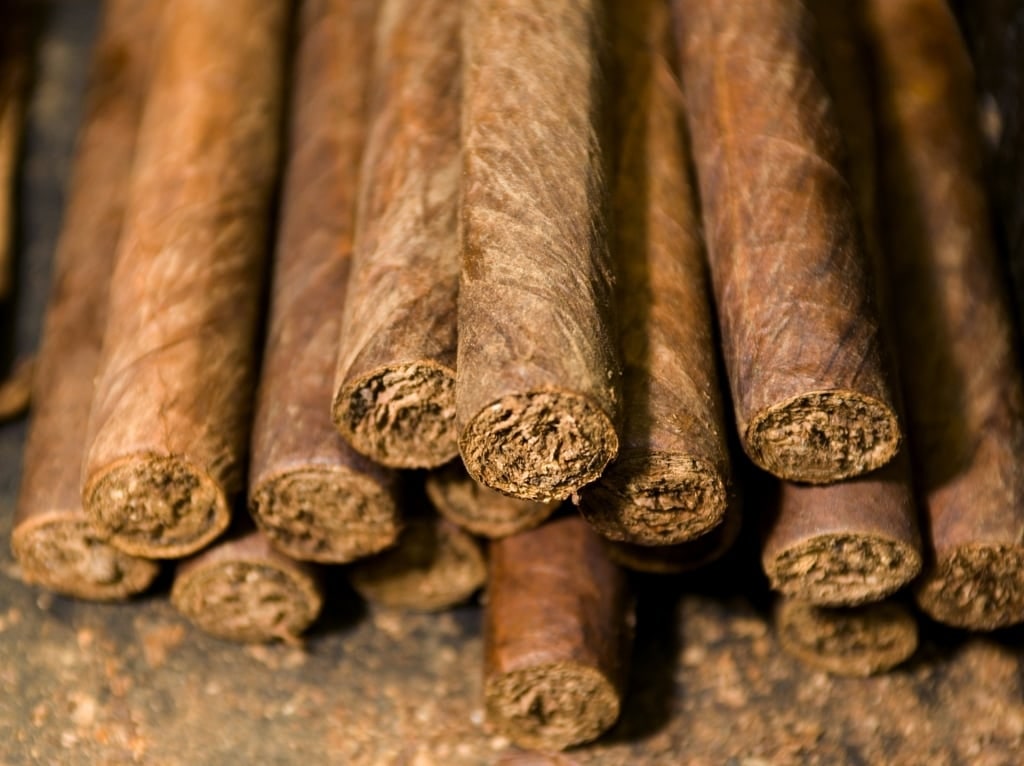
Tobacco
Tobacco growing in the Dominican Republic dates back to the time of Columbus, but it certainly had a boost when major growers fled here from Cuba after the 1959 Revolution. The subsequent U.S. embargo of Cuban goods also helped the local brands make a name for themselves.
In Puerto Plata, visit the Del Oro Chocolate Factory, and La Aurora Cigars Museum for a look behind the scenes. Then drink a coffee or two in the cafés along Calle de las Sombrillas.
The “Three Brothers” and Other Drinks

Morir Soñando
Ask five different people to name the national drink of the Dominican Republic, and you’ll have five different answers. That reflects the variety of options, from the freshest of fruit juices to the most potent of rums.
The first drink many visitors discover is Morir Soñando, a surprising mix of orange juice with condensed milk. Its name means “to die dreaming”, which sums up its immediate appeal very well.
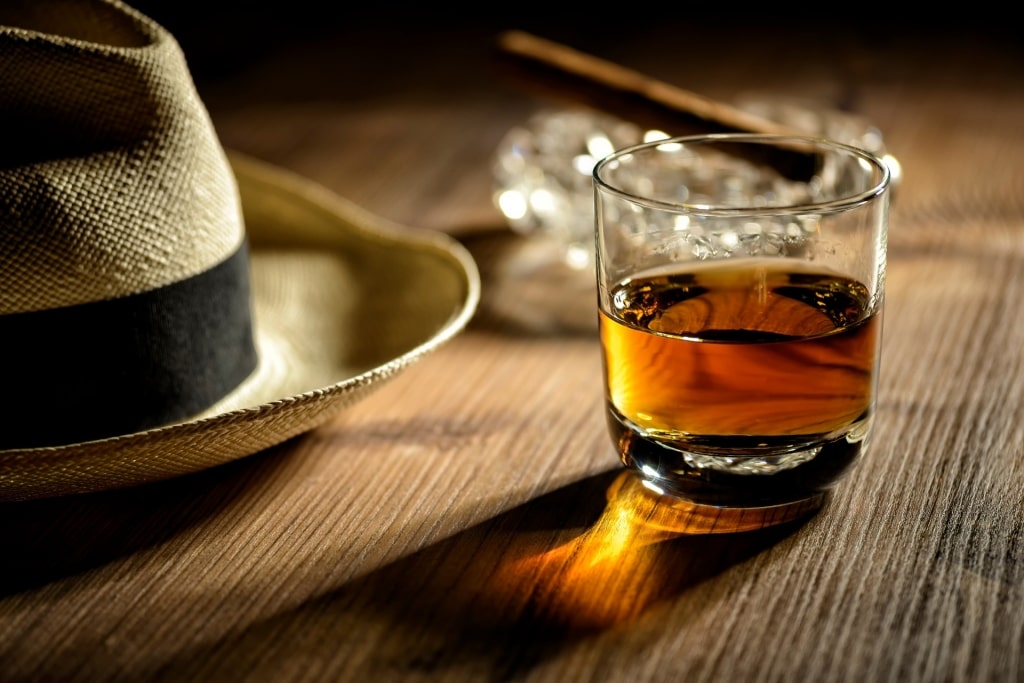
Rum
Caribbean rum is another popular choice, with D.R. known for the “Three Brothers”: Brugal, Barcelo, and Bermudez. Visit the Brugal Distillery in Puerto Plata to find out more about rum’s long history here, dating back to the 1800s.
The native Taino people had a medicinal drink made from various herbs that has, with the addition of rum, become mamajuana. This drink has now become another “national drink”, no doubt thanks to its reputed aphrodisiac properties.
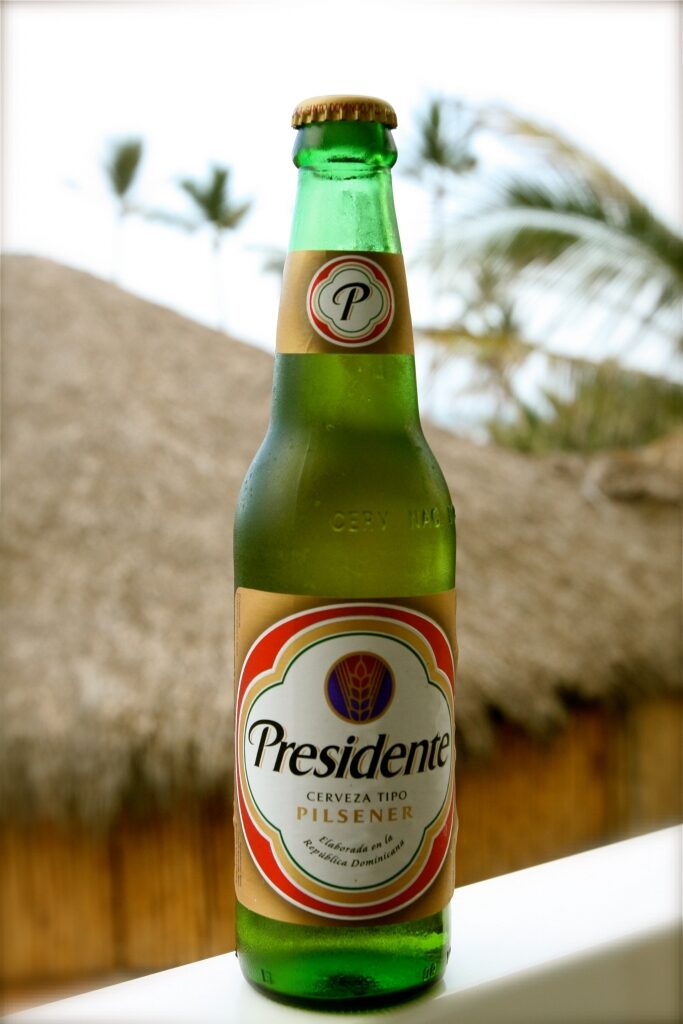
Presidente Photo by Torrey Wiley on Flickr, licensed under CC BY 2.0
A cold Presidente—the pilsner-style local beer—is a ubiquitous beverage on hot days. How cold? Ask for “Una Presidente vestida de novia (wedding dress)”, referring to the bottle being white with ice.
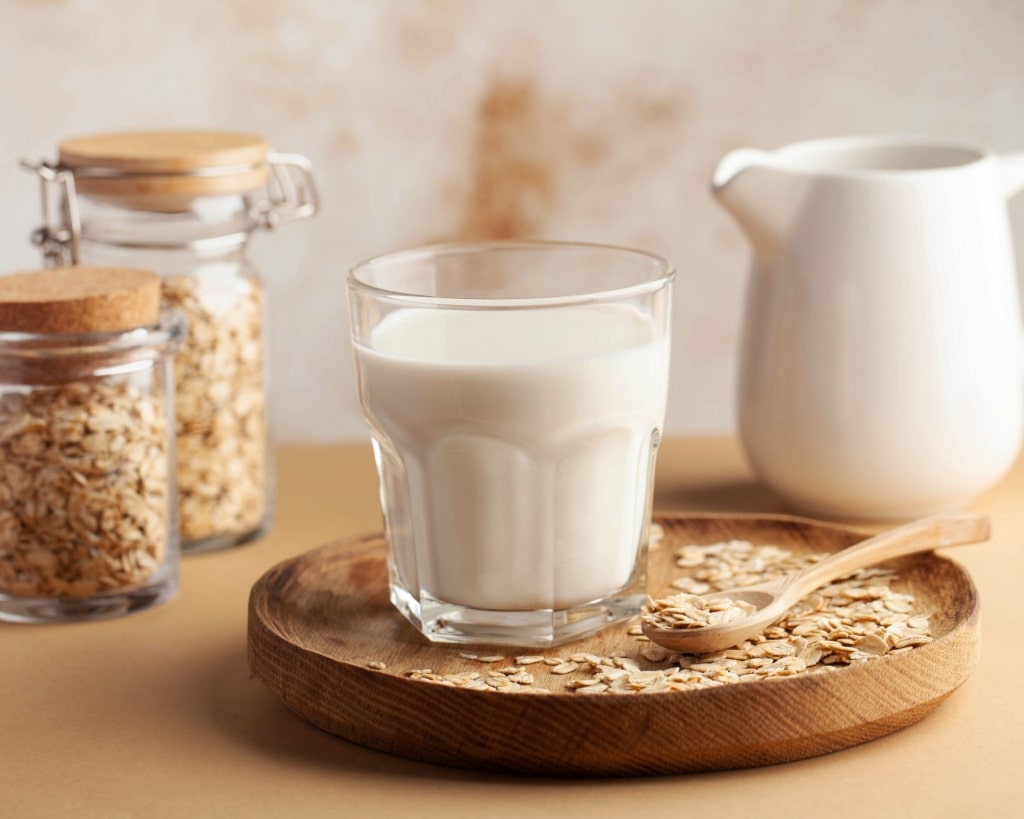
Jugo de avena
A drink most visitors will not come across, but is maybe the real national drink, is jugo de avena. This oat-based juice—laced with milk, sugar, and spices—is a popular breakfast drink for children.
Abundant Natural Beauty
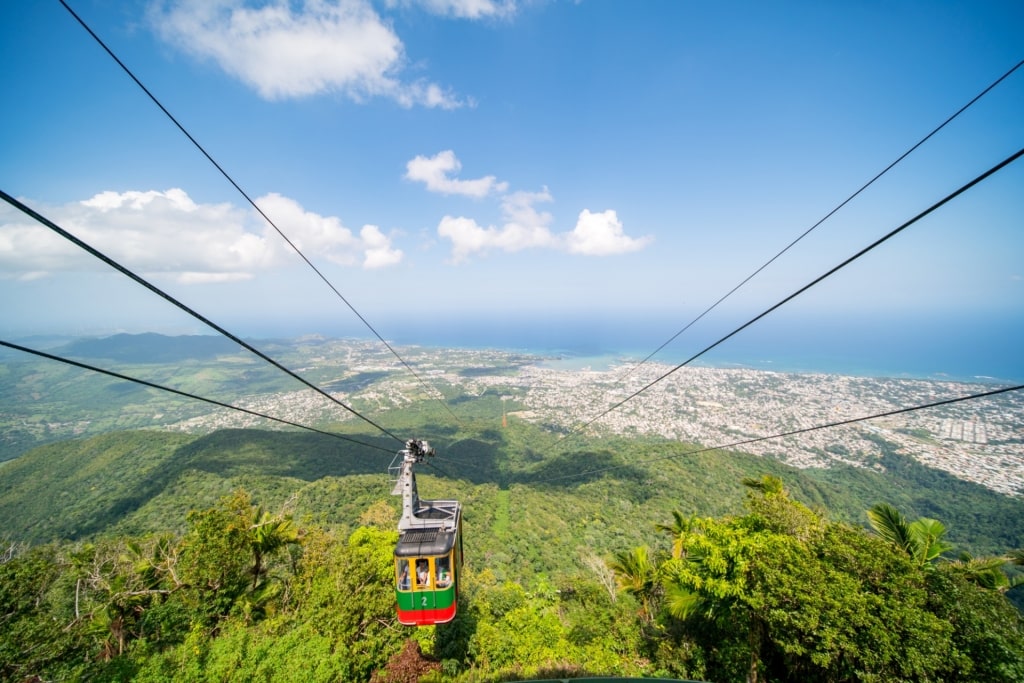
Cable car in Mount Isabel de Torres, Puerto Plata
While D.R. might be best known for its beaches, the country’s interior is also remarkable. With 18 national parks, around a quarter of the country is protected.
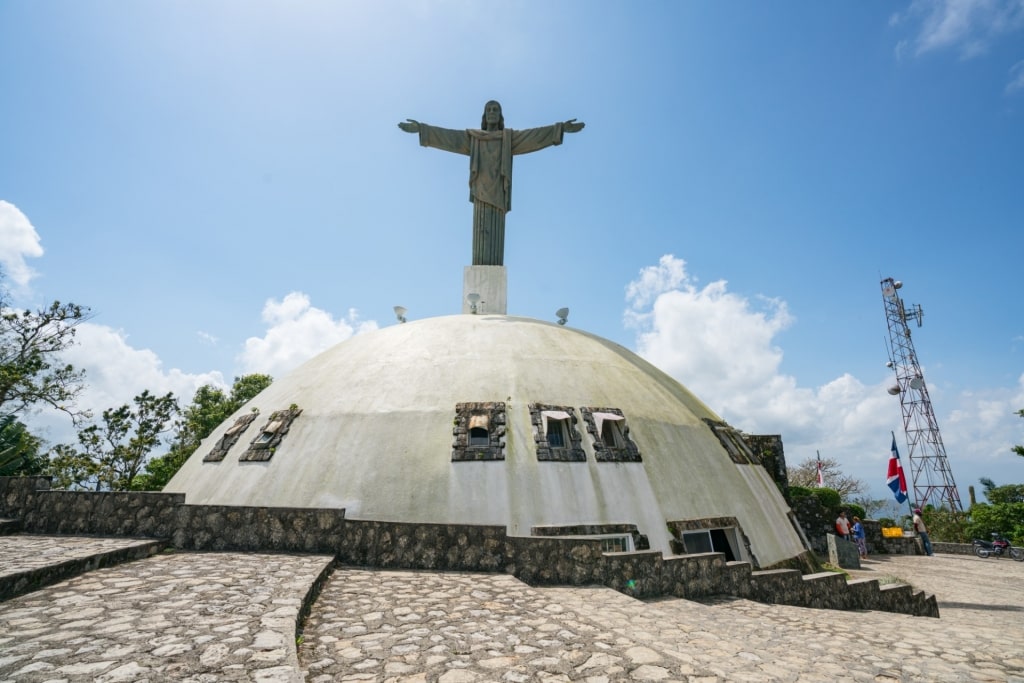
Mount Isabel de Torres
For an idea of the country’s mountainous interior, take the cable car to the 2,600-foot summit of Mount Isabel de Torres. There, a giant Rio-style statue of Christ the Redeemer spreads its arms to show off the contrasting views of forested mountains and Atlantic Ocean beaches.
A stroll through the colorful botanic garden on top of the mountain brings you close to many of the species you can see. It’s also a chance to spot some of the island’s bird life.
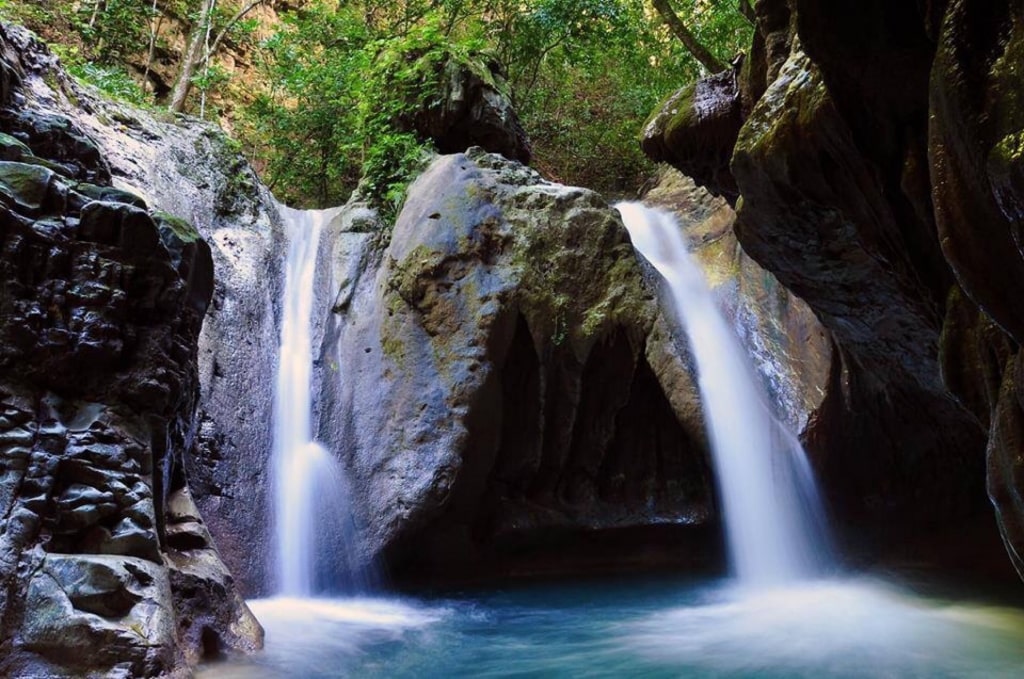
Damajagua Waterfalls
Immerse yourself in those views by hiking to the Damajagua Waterfalls, a set of 27 cascades. Jump in, slide down, and swim in the various falls and pools for a really cool escape from the summer heat.
There are longer hikes at El Choco National Park, near the adventure playground resort of Cabarete. The park has forests, hills, caves and two lagoons, a variety of terrain that will match any skill or fitness level.
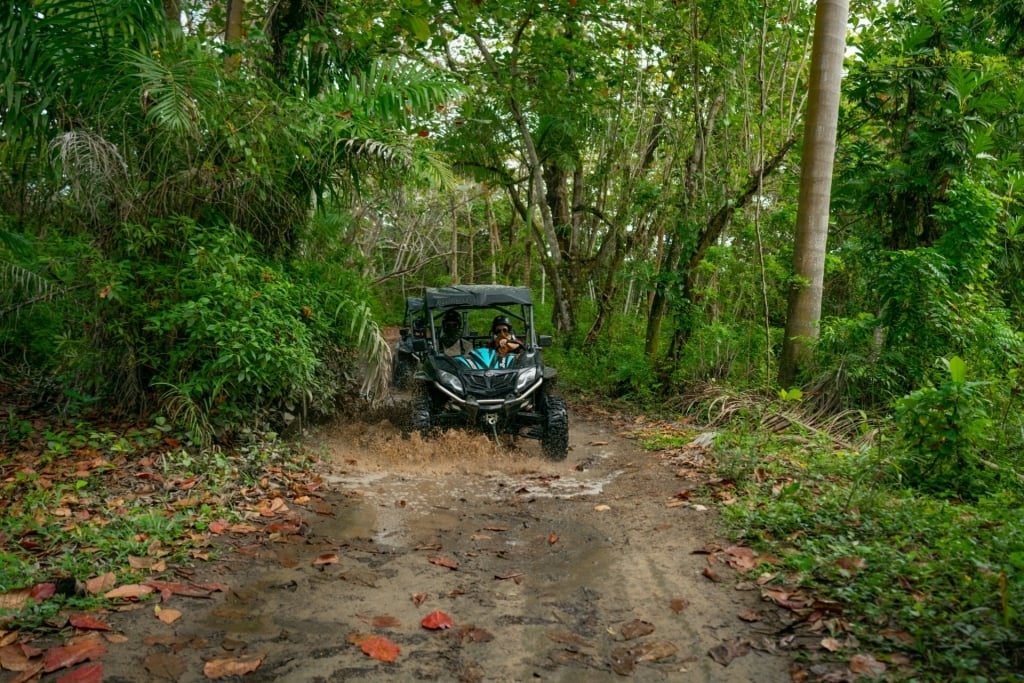
ATV ride in the Dominican Republic
To go even further afield, join an off-road adventure with local guides. A buggy, quad-bike or horseback tour of rural areas will ensure you get a taste of the muddy, lush interior of the island.
Read: Best Hiking in the Caribbean
Caribbean Beaches
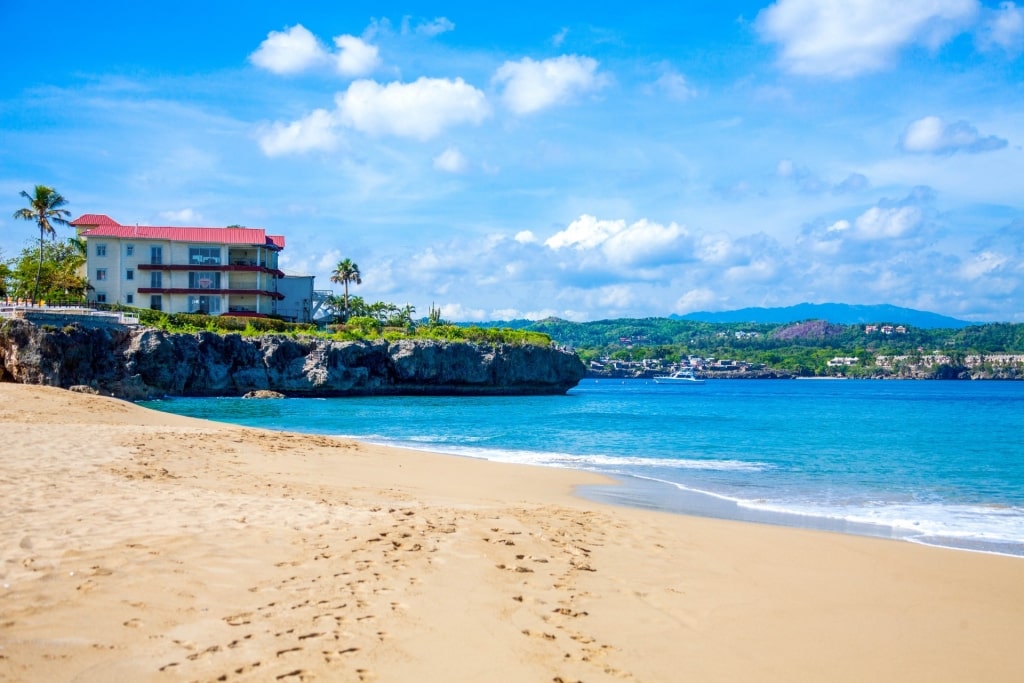
Sosua Beach, Puerto Plata
Most visitors come to the Dominican Republic for its beautiful beaches. It has more meeting the international Blue Flag standards for cleanliness, and safety than any other Caribbean country.
In Puerto Plata, you have choices such as the reef-protected Playa Dorada, diver/snorkel-friendly Sosua Beach, and the offshore islet of Cayo Arena. All offer classic golden sands and turquoise seas.
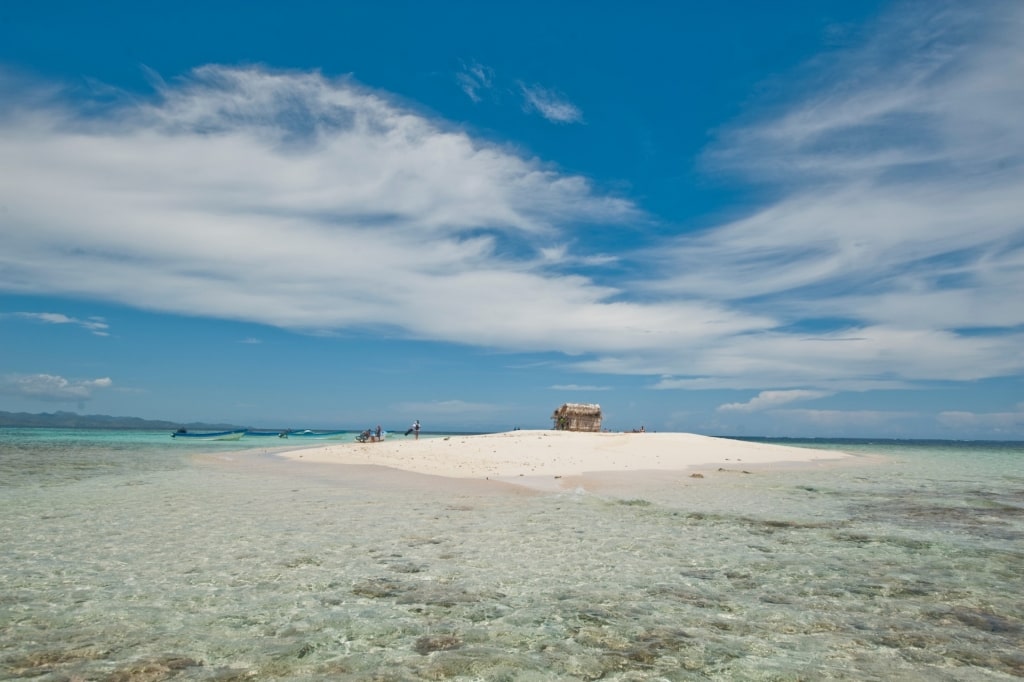
Cayo Arena
Cayo Arena is also known as “Cayo Paraíso”, and you’ll understand why when you see get there. Its corals, reef fish, octopuses, and other wonders make this a true paradise for divers, snorkelers, and photographers.
Birds & Other Wildlife
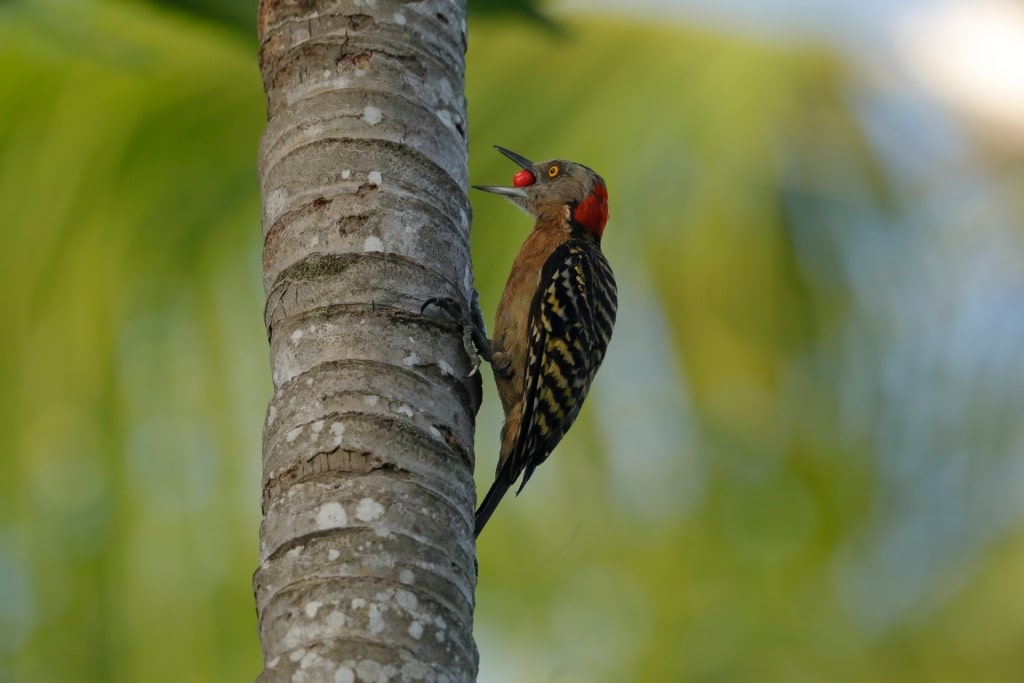
Hispaniolan woodpecker
The prospect of seeing more than 321 species of birds brings birdwatchers flocking to the Dominican Republic. Thirty-one of these species—such as Bicknell’s thrush, and the Hispaniolan woodpecker—are endemic, so can only be found here.
But there is much more than birdlife to rival any other island in the Caribbean. A varied bird population reflects the overall natural health of any country.
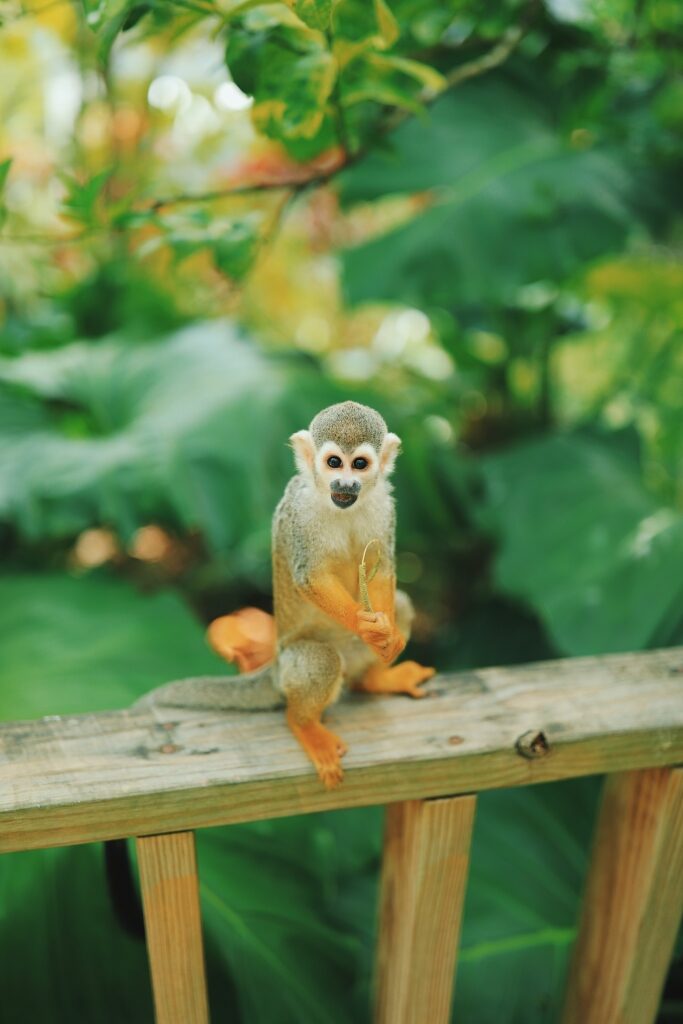
Monkeyland
Two of the easiest species of wildlife to see in D.R. are monkeys and manatees. Monkeyland Puerto Plata gives you the chance to interact closely with cute squirrel monkeys in a safe environment.
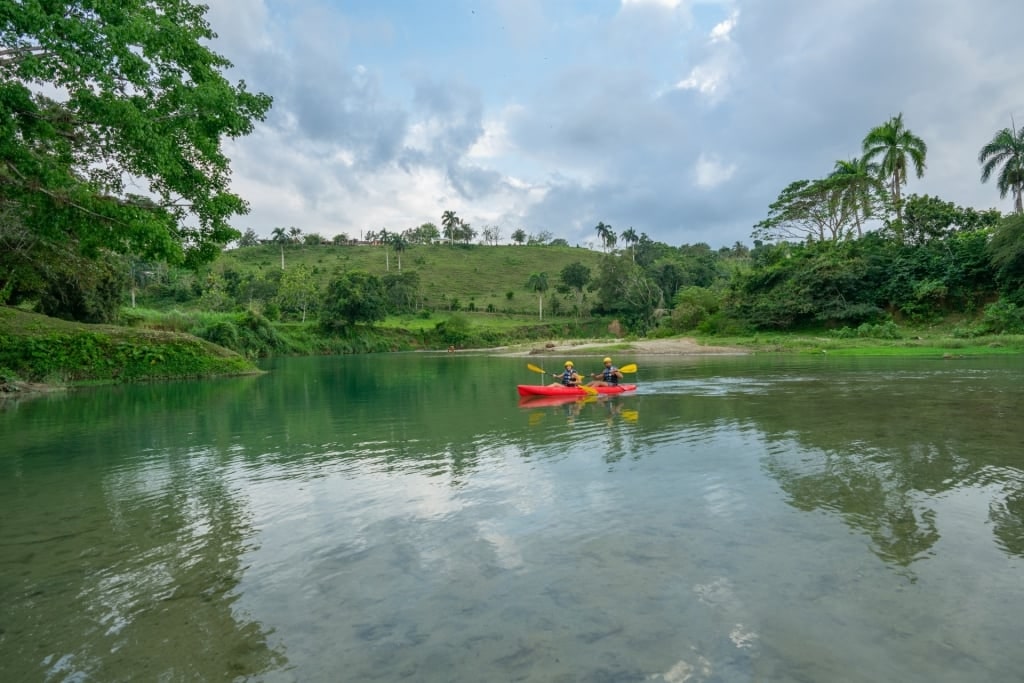
Kayaking in the Dominican Republic
At the Estero Hondo Marine Mammal Sanctuary, you can kayak or paddle-board to see West Indian manatees. This USAID-supported project is a vital eco-tourism project for the area, and protects whales, and dolphins, as well as the herbivorous manatee.
To actually swim with dolphins, you can visit Oceanworld, where you can also meet sharks or a sea lion. The adventure park—certified by the American Humane Conservation program for its high standards of animal welfare—also has tropical birds and an iguana exhibit.
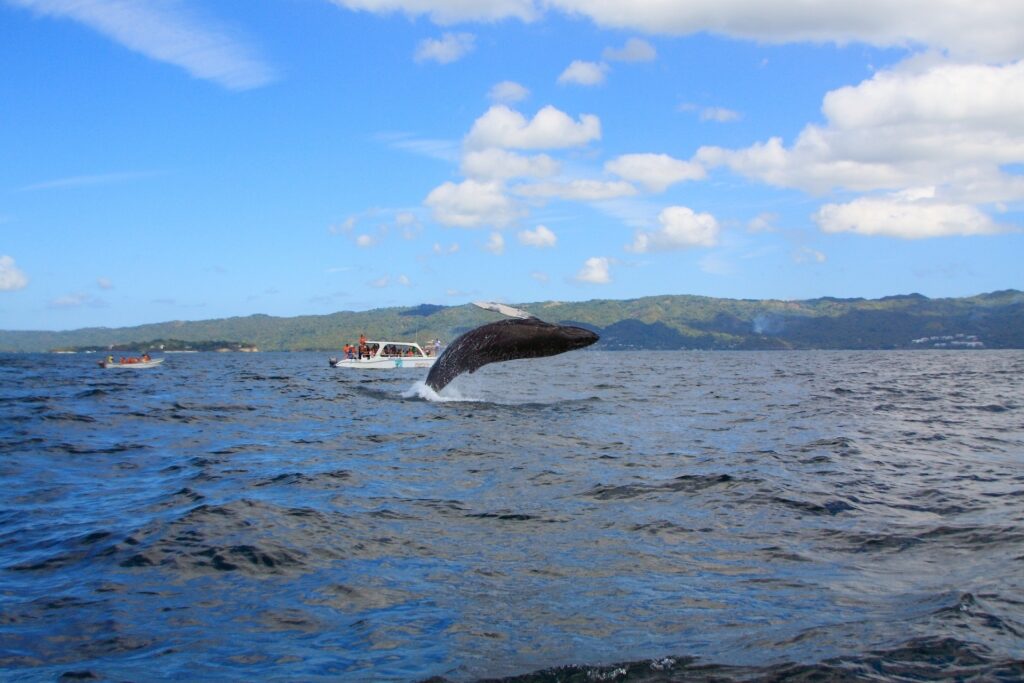
Humpback whale
Between mid-December and late March, thousands of humpback whales gather to mate off the D.R.’s northern coast. The Bay of Samana is considered one of the world’s best viewing spots for the species.
Merengue Music & Dance
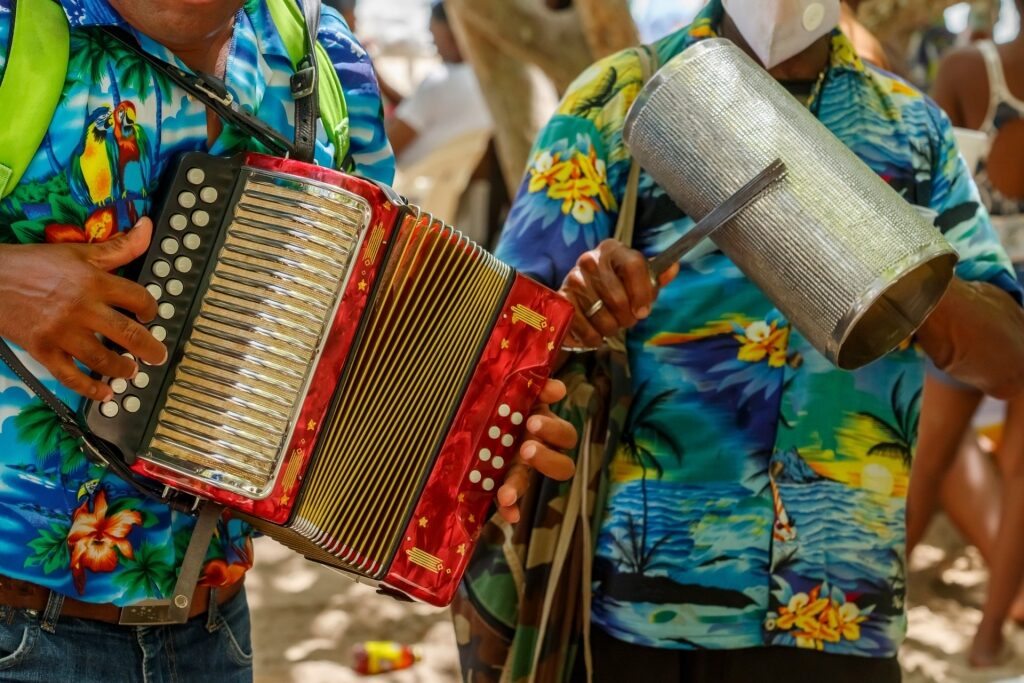
Merengue music
The soundtrack of any visit to the Dominican Republic is merengue music. Blasting out of bars, and buses, it’s such a part of local identity that November 26 is National Merengue Day.
Merengue is the name of both the music and the dance you do to it. Happily, it’s an easy dance to learn.
The simple “marching” of merengue is a good introduction to bachata, which introduces a foot-tap step. Bachata is a faster, more sensual dance, and the rural roots of its music saw it banned on local radio until the early 1980s.
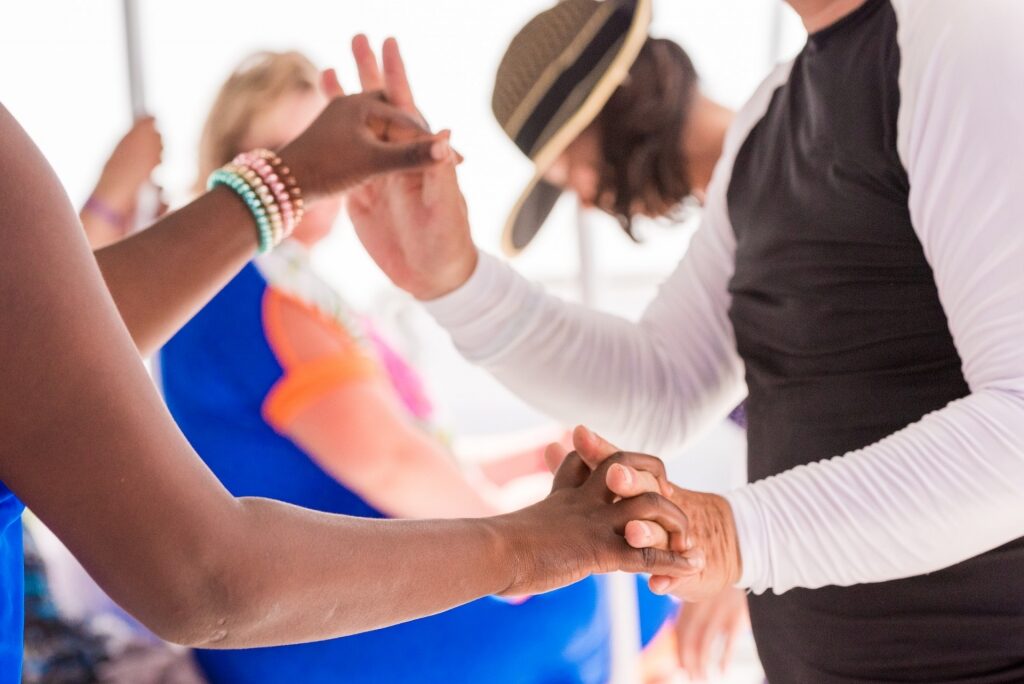
Merengue dance
You’ll find dance shows, and classes, in local hotels, but it’s more fun in a bar or club. Be warned that it’s hard to resist the urge to join in yourself.
You’ll also hear the rap-based reggaeton, and its faster, more localized form called “dembow”. Both come from Jamaica by way of New York, but are now very much part of Dominican daily life.
World-Class Baseball
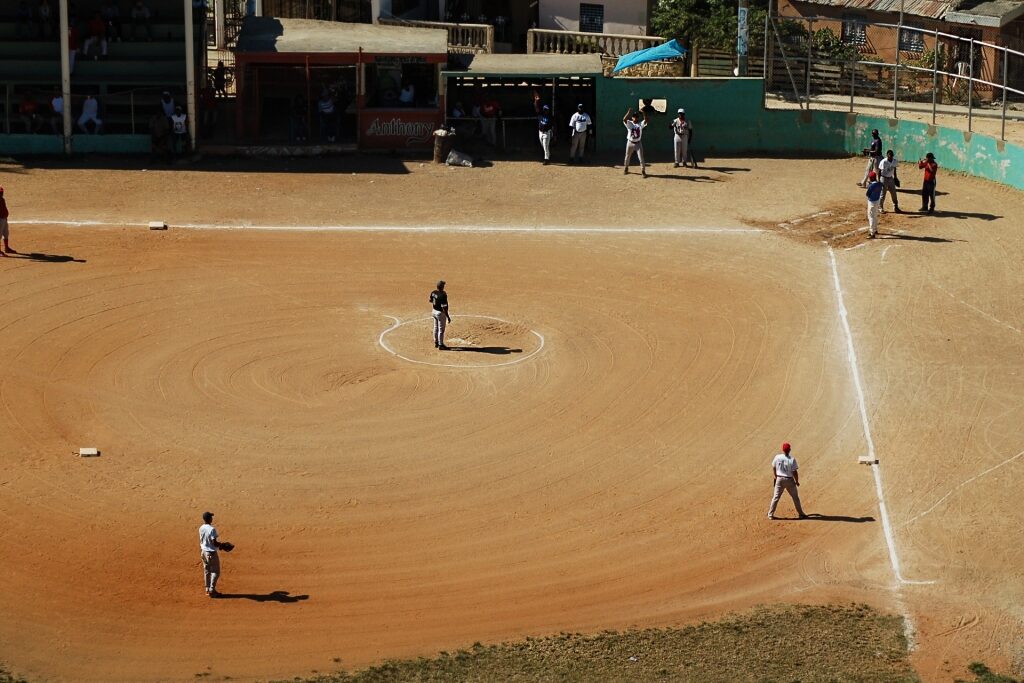
Baseball
You may be old enough to remember Ozzie Virgil Sr., or young enough to be a fan of the Friars’ Juan Soto. Either way, you’ll know the impact Dominican players have had on Major League Baseball.
Baseball—called “pelota” here—is the official sport of the D.R., and supports a league with six professional teams. It’s no coincidence that all 30 MLB clubs have built local baseball training academies.
The passionate Quisqueyan fans make a game here a much more exciting event than the North American version. However, finding a ticket is difficult, and you may have just as much fun watching a “friendly” game in a neighborhood park.
Read: Dominican Republic vs. Puerto Rico: Which Should You Visit?
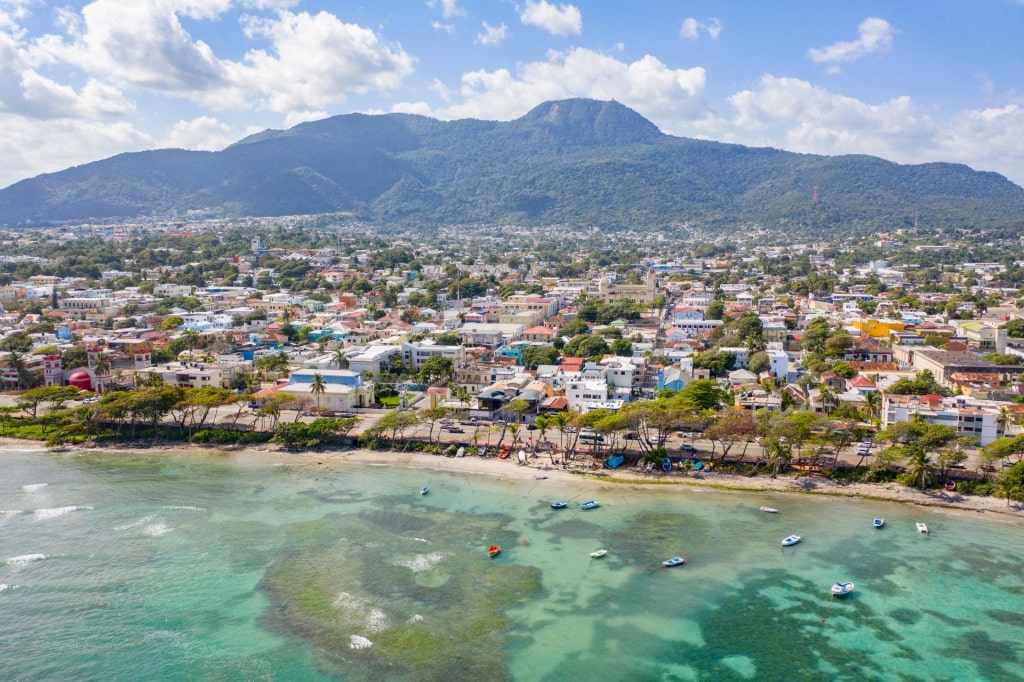
Puerto Plata
Has this guide to what the Dominican Republic is known for made you eager to visit, or revisit? Then browse Celebrity’s cruises to Puerto Plata to find the perfect Caribbean getaway.
